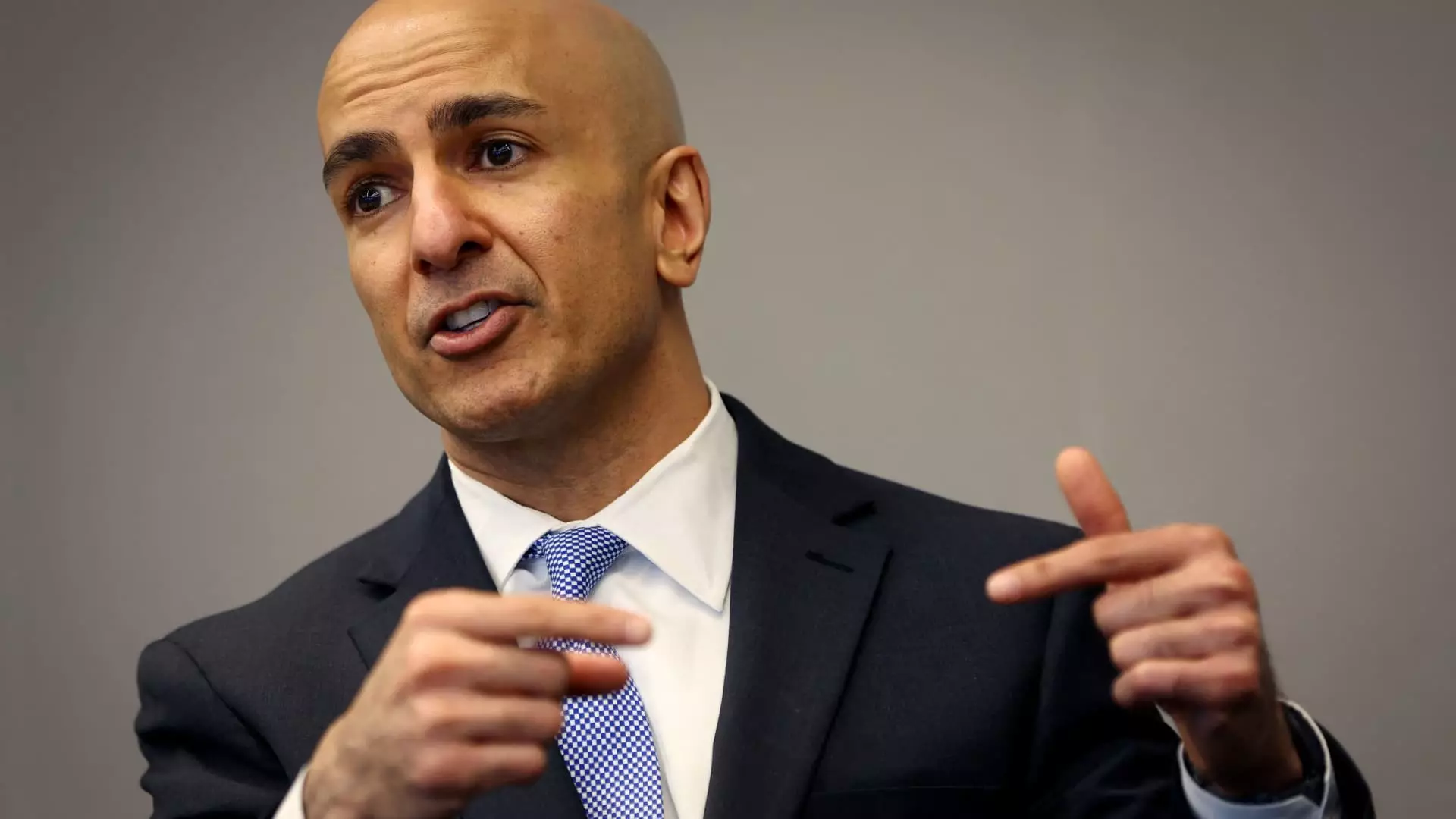As we step into a new trading week, the U.S. stock market continues its ascent, reflecting investor optimism amid the Federal Reserve’s recent decision to cut interest rates significantly. Following a cut of a half percentage point—the largest of its kind since the global financial crisis in 2008—major indices such as the S&P 500, Dow Jones Industrial Average, and Nasdaq Composite recorded modest gains. Notably, the Dow achieved yet another record close, illustrating a growing sense of confidence in the face of economic uncertainty.
Investors are now keenly awaiting forthcoming economic indicators, particularly the Conference Board’s consumer confidence report, which will offer crucial insights into public sentiment and spending habits. The implications of these figures could shape market dynamics as the Fed gears up for its next policy decision slated for November. There is a palpable tension in the air as traders anticipate how signs of economic weakness may provoke stronger reactions in the stock market.
Federal Reserve’s Policy Direction Under Scrutiny
In the wake of the historic rate cut, discussions among Federal Reserve officials reveal a divergence of viewpoints on future monetary policy. Neel Kashkari, President of the Minneapolis Fed, alluded to a potential pivot back to smaller adjustments, specifically 25 basis point cuts, unless there is a significant shift in economic data. His perspective underscores a cautious approach while acknowledging that the Fed’s decisions need to be data-driven.
Conversely, Atlanta Fed President Raphael Bostic, a voting member, hinted at a more aggressive normalization of monetary policy than previously envisioned. His statement reflects a willingness to recalibrate predictions, perhaps in response to favorable economic indicators or evolving market conditions. The contrasting stances among Fed officials highlight the complexities intrinsic to monetary policy management, especially in an environment marked by fluctuating economic signals.
In the realm of corporate developments, General Motors (GM) is witnessing a resurgence in its electric vehicle (EV) segment. After grappling with fluctuating demand and production challenges, the automaker reported substantial gains in EV sales—21,000 units between July and August alone—and a remarkable 70% year-over-year increase up to August. This uptick is an encouraging sign for GM, suggesting that their strategic investments in a diversified EV lineup are starting to pay off.
GM’s pricing strategy, with vehicles ranging from $35,000 to $300,000, reflects an effort to cater to various consumer segments. Such growth positions GM as a formidable player in the EV landscape, challenging the dominance of market leaders like Tesla. As the company moves forward, its ability to maintain this momentum will be critical, particularly in a market increasingly focused on sustainability and innovation.
Southwest Airlines’ Strategic Reevaluation
On the flip side, Southwest Airlines is in a period of introspection as it faces the dual challenge of enhancing profitability and responding to shareholder pressures, specifically from activist investor Elliott Management. The airline is exploring significant transformations to its operating model, including the implementation of assigned seating and partnerships with popular travel booking platforms.
COO Andrew Watterson acknowledged the necessity for a comprehensive overhaul of their network strategy during a recent communication with employees, signaling that incremental changes may no longer suffice. This introspection comes as Southwest prepares for an investor day where they will likely unveil more concrete steps toward revitalization. The airline industry is notoriously volatile, and how Southwest navigates this transitional phase will determine its competitive standing in the market.
Foot Locker, celebrating five decades of existence, finds itself at a crossroads as it strives to rejuvenate its brand in a shifting retail landscape. The sneaker retailer is attempting to reinvigorate its sales model after experiencing stagnation. Recent figures showing comparable sales growth for the first time in six quarters provide a glimmer of hope.
However, the critical challenge remains: Can a retailer that specializes in sneakers adapt successfully to a marketplace increasingly dominated by online sales and direct-to-consumer models? Foot Locker’s transformation strategy will be pivotal in establishing its relevance in an evolving sector that continues to prioritize flexible purchasing experiences.
As we observe the intersection of economic indicators, corporate strategies, and market reactions, the financial landscape remains dynamic and multifaceted. Investors should remain vigilant and informed, watching how these narratives unfold in the coming weeks.

Leave a Reply